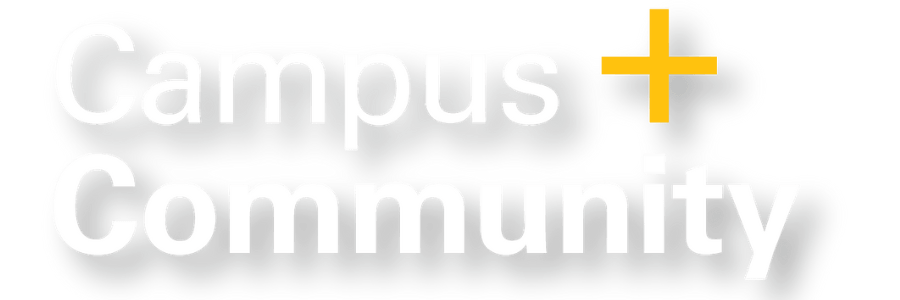In Fall 2021, Sharon Daniel, Professor of Film and Digital Media at the University of California, Santa Cruz, launched a new, two-quarter course titled “Reasonable Doubts: Making an Exoneree.” Offered for the first time at UC Santa Cruz, “Reasonable Doubts” was co-taught with Georgetown professors Marc Howard and Marty Tankleff who originally developed the course to advocate for those wrongfully convicted. The new, jointly-offered course brought together 10 UCSC film and digital media majors and 15 Georgetown government and law students to reinvestigate questionable cases, produce short documentaries that make the case for wrongful conviction, and create social media campaigns calling for exoneration.
Collaborating with Young and Georgetown Law
Among the five cases the class examined was that of Timothy James Young, who has been on death row at San Quentin State Prison for 16 years. In 2019, Young collaborated with artist jackie sumell to create the Solitary Garden Project at UC Santa Cruz Baskin Art Studios as part of a larger ongoing series of programs and exhibitions titled Visualizing Abolition. Young directed the garden through letters and drawings to students and volunteers, who implemented the designs on his behalf. Alongside garden designs and plant lists, Young’s letters also included reflections on his childhood and subsequent life in prison. Since then, a community of faculty, staff and students have come together to support Young – Daniel among them.
At the time they met, Daniel was working on an interactive documentary about the spread of COVID-19 in prisons, jails, and detention centers. Young contracted the illness at San Quentin and became a frequent contributor to Daniel’s project, titled “Unjustly Exposed.” Through their correspondence, Daniel came to learn the details of Young’s case. In her search for pro-bono representation for Young, Daniel stumbled across a podcast episode featuring Marc Howard and Marty Tankleff, who were discussing their Georgetown course, “Making an Exoneree” which had already contributed to the release of three men. Daniel reached out to ask if they would consider taking on Young’s case, and for advice on creating a similar course at UCSC. After discovering that they possessed complementary skill sets – Howard and Tankleff have their students put together a short film documenting their investigative work at the end of the semester – the three faculty decided to collaborate. The course ran for the first time during the 2021-22 academic year, with Daniel planning to continue teaching the course in collaboration with Howard and Tankleff every Winter and Spring quarter.
Telling stories through art
During the course, UCSC and Georgetown students work together on five cases, reinvestigating the original crime and conviction and documenting the main issues, challenges, injustices, and human stories involved. The students then produce short documentary films, interactive websites and social media campaigns designed to humanize the lives, families, and complicated legal cases of the five wrongfully-convicted individuals. At the end of the Spring 2022 course, the students presented their work at two public events, one hosted by the Georgetown Prisons and Justice Initiative and the other by the UCSC Institute for Arts and Sciences.
“Art provides narrative that helps to contextualize evidence,” says Daniel. To best express the personalities and perspectives of those they are representing in each documentary, the students work very closely with their clients to make these films a collaborative effort. Those working with Young speak often with him on the phone and have visited him at San Quentin. Their relationship with Young and the four others have therefore naturally deepened beyond that of an attorney and client.
Future directions
Students plan to continue working on the cases beyond their course enrollment. Daniel, drawing from the course’s case materials, is working on an exhibition supported by the Visualizing Abolition initiative, scheduled to open in 2024. She is also planning to include case material from those who have already been exonerated. Daniel hopes that in doing so, the exhibition can help to gather momentum for those with similar cases but who still remain imprisoned.
Further reading
- To learn more about Making an Exoneree, visit the course website.
- View this year’s documentary showcase at Georgetown University.
- Hagel, Chris. “University of California, Santa Cruz film course aims to free wrongfully convicted people.” KSBW Action News 8, March 30, 2022.
- “Making an Exoneree 2022: Students Advocate for the Wrongfully Convicted.” Georgetown University Prisons and Justice Initiative, May 6, 2022.
- Sazevich, Nina. “A remarkable, first-time film course tackles the criminal justice system.” UC Santa Cruz News Center, March 24, 2022.
- For more information about this year’s five potential exonerees, visit their campaign websites and social media profiles linked below.
- Timothy James Young https://timothyjamesyoung.com/ | @freetimyoung on Instagram
- Billie Allen https://freebillieallen.com/ | @freebillieallen on Instagram
- Shanda Crain https://bringshandahome.org | @bringshandahome on Instagram
- Omar Hooks https://hopeforhooks.com | @freeomarhooks on Instagram
- Faarooq Mansour https://freefarooq.com | @freefarooq on Instagram
